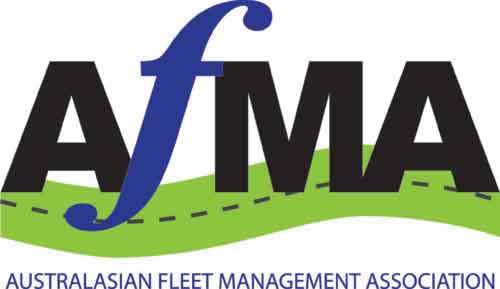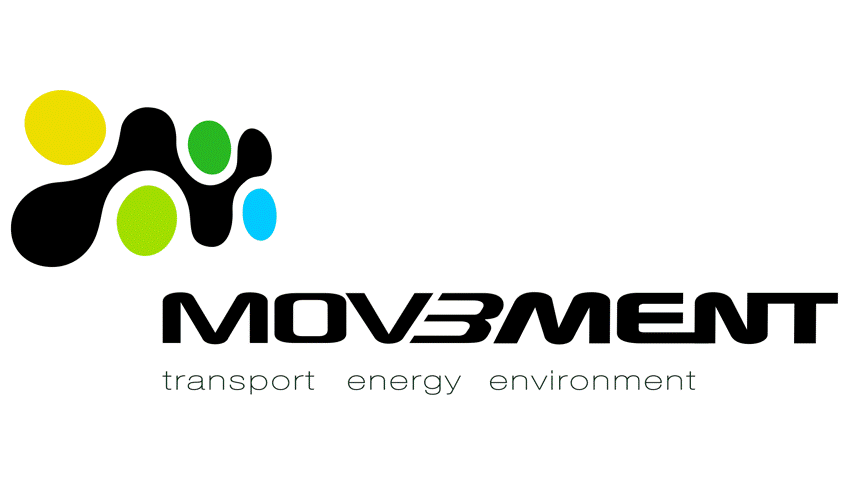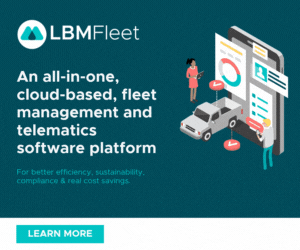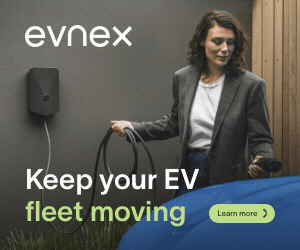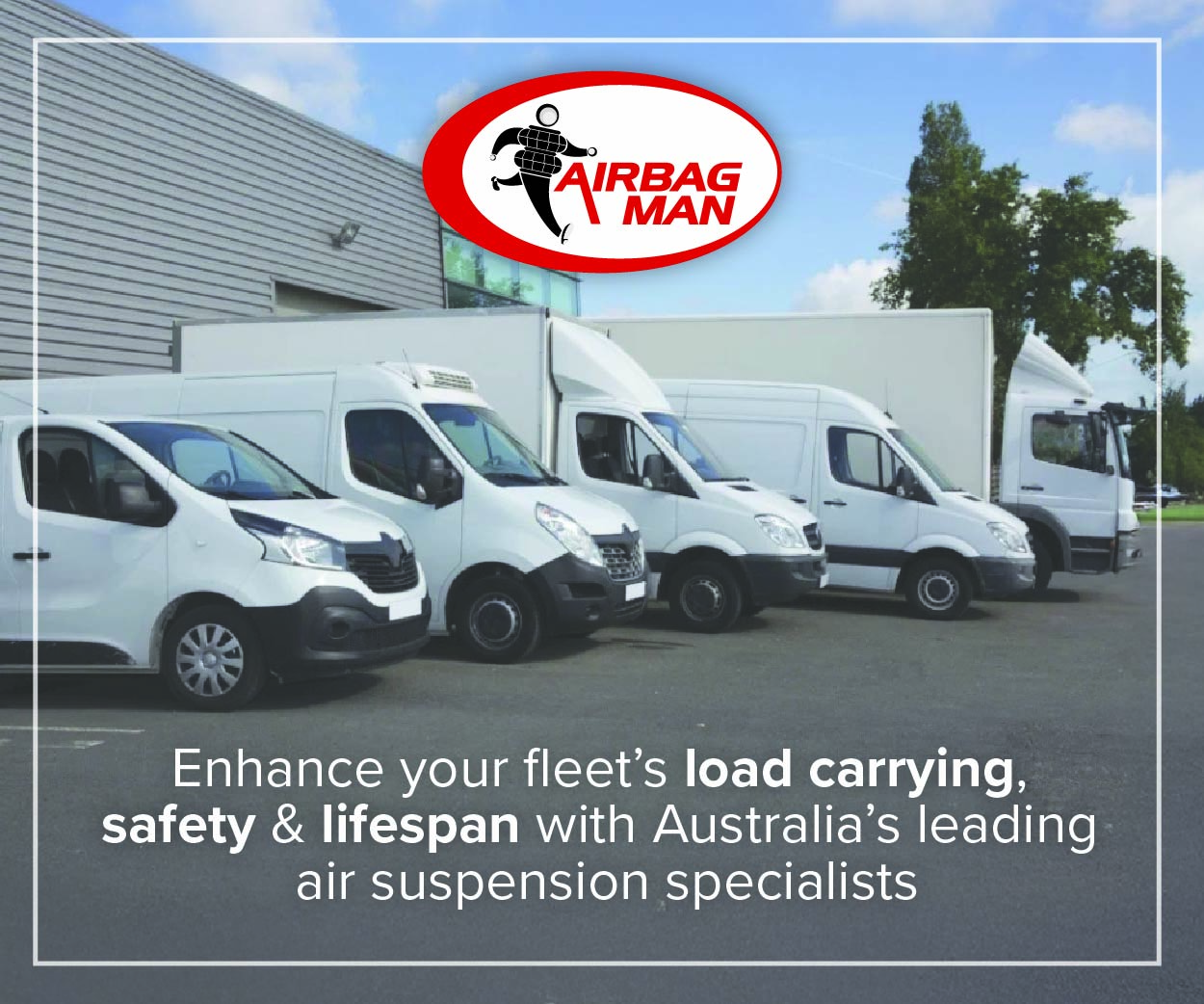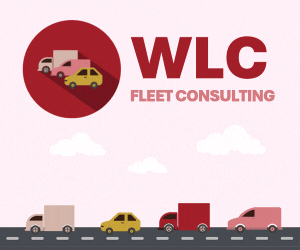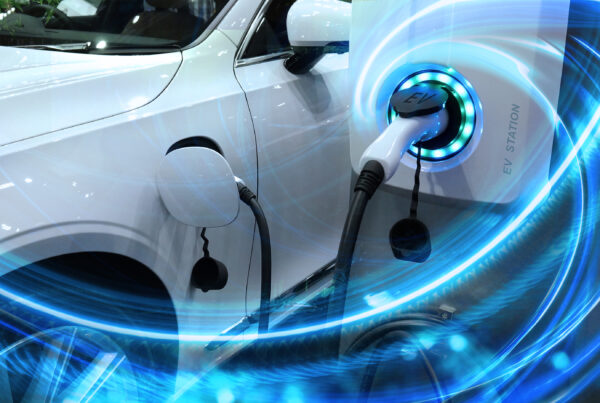Australia has announced an additional $50 million initiative to encourage businesses to transition to electric vehicles (EVs) and adopt energy-efficient equipment including solar batteries.
The funding, delivered through a partnership between the Clean Energy Finance Corporation (CEFC) and Metro Finance, aims to lower costs for small and medium enterprises (SMEs), farmers, and freight operators.
For example, businesses purchasing a $60,000 EV could save approximately $1,700 in interest over five years under the program.
Tied to Federal Government Initiatives and Previous Programs
The initiative complements the federal government’s New Vehicle Efficiency Standard (NVES), which came into effect on 1 January 2025. The NVES aims to cut emissions from new passenger vehicles by over 60 per cent. It also aims to halve emissions from new light commercial vehicles by 2030. The government estimates that the policy will deliver $95 billion in fuel savings by 2050. Furthermore, it can potentially reduce transport sector emissions by 321 million tonnes over the same period.
“It means car makers now have an incentive to send us their most efficient vehicles, while ensuring Australians have access to the range of vehicles needed for work and leisure,” CEFC said in a statement.
This initiative also builds on an earlier $50 million commitment announced in July 2024, which had facilitated the addition of over 4,000 EVs to Australian roads by December 2024. The program also provides financing for solar, batteries, and other energy-efficient equipment, aiming to reduce energy costs and support decarbonisation efforts for businesses.
Support for Households and Essential Workers
The government has extended its support to individuals as well. In December 2024, a $150 million low-cost loan scheme was introduced to help low-income households and frontline workers, including police officers, teachers, and healthcare professionals, purchase EVs.
Fringe benefits tax (FBT) exemptions for battery EVs purchased through novated leases remain another incentive, although plug-in hybrid electric vehicles (PHEVs) will no longer qualify after April 2025.
Focus on Decarbonisation
Minister for Climate Change and Energy Chris Bowen highlighted the broader goals of these programs.
“Australian motorists deserve more choices of cleaner, cheaper-to-run cars and that’s exactly what the Albanese government is delivering,” he said.
“Through the New Vehicle Efficiency Standard and our latest CEFC investment with Metro Finance, we are putting the power back in the hands of small business and helping to ease cost-of-living pressures.”
“Clean technologies like EVs, solar, batteries, and electric machinery are a great way for businesses to save on energy bills and decarbonise,” he added.
Steady Growth in EV Sales
Electric vehicle adoption in Australia continues to grow. In 2024, EVs accounted for 9.5 per cent of light vehicle sales. This is an increase from 8.4 per cent in 2023 and 3.8 per cent in 2022. Over 91,000 battery EVs were sold in 2024, bringing the total number of EVs on Australian roads to approximately 283,000. However, the year’s overall growth rate of 4.6 per cent was lower than anticipated, despite increased model availability and price reductions.
Did you find this article interesting? Click the ‘heart’ button above to give it a ‘like’!
